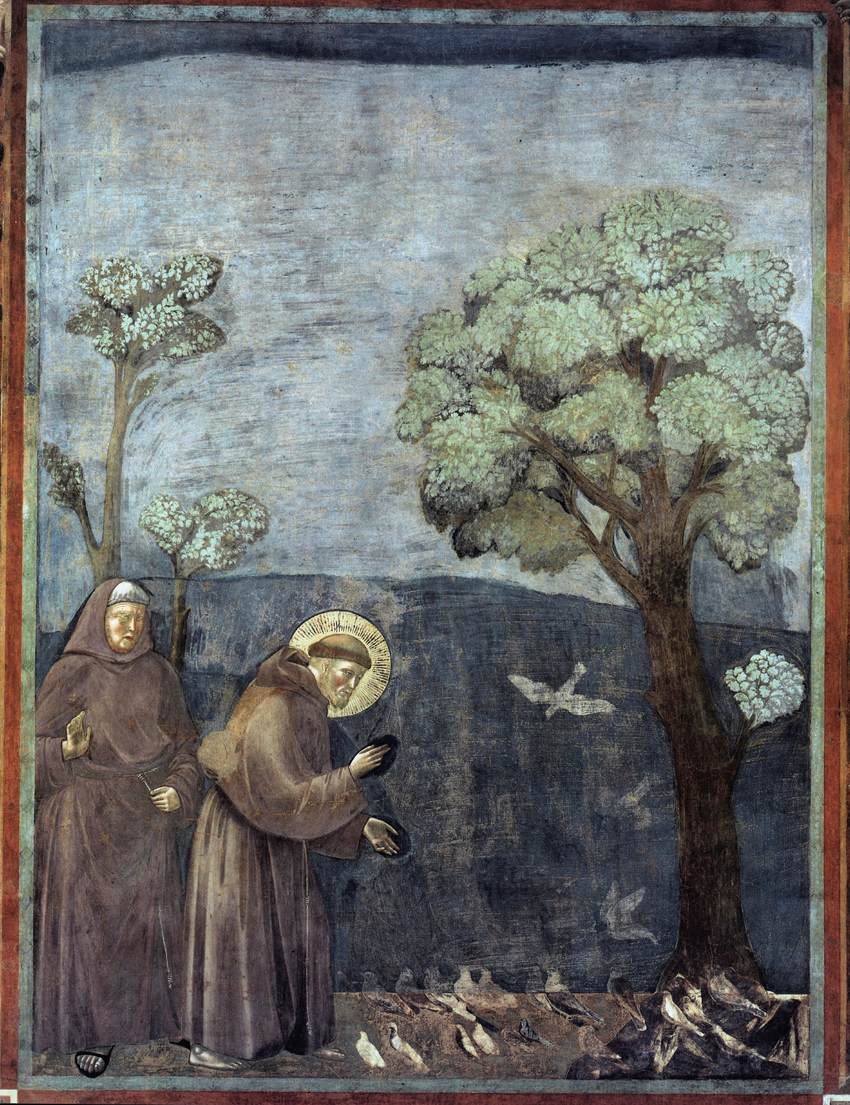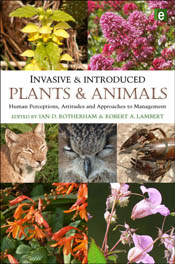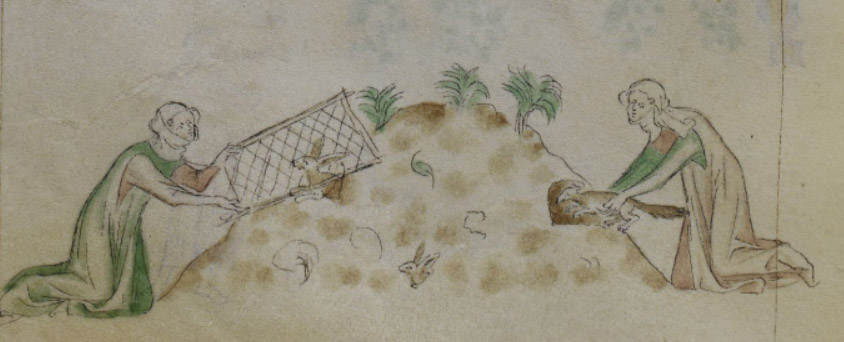
Francis and the wolf
In this year’s Easter message from the Vatican, Pope Francis urged peace in the world and, interestingly in the context of this blog, peace for the Earth:
Peace to the whole world, torn apart by violence linked to drug trafficking and by the iniquitous exploitation of natural resources! Peace to this our Earth! May the risen Jesus bring comfort to the victims of natural disasters and make us responsible guardians of creation.

After Pope Francis was elevated a couple weeks ago, he clarified that he had chosen his name in honor of St. Francis of Assisi because of the saint’s association with poverty. But, of course, St. Francis is also known to many because of his pro-environmental stance and love of animals. He is often depicted with a sparrow in his hand because of a story about him preaching to the birds. So although Pope Francis may have first thought of poverty when picking his name, the environmental position of the saint may be coming to the fore in the Pope’s statements like the one today.
One story about St. Francis, the Pope’s namesake, has an important lesson for modern reintroduction projects.

According to the tale recorded in The Little Flowers of St. Francis of Assisi (“Fioretti”), there was a fierce wolf living near the city of Gubbio who was killing both livestock and people. St. Francis went out to the countryside to find the wolf. The wolf came out to meet Francis, who was able to tame him with the sign of the cross. St. Francis admonished the wolf for his behaviour, but then added: “But I desire, Brother Wolf, to make peace between you and them, so that you may offend no more, and they shall forgive you all your past offences, and neither men nor dogs shall pursue you any more.” St. Francis promised that the people would bring the wolf food since he was “well aware that hunger has caused your every crime.” After the deal was sealed with a hand-paw shake, Francis explained to the residents of Gubbio that the wolf would not bother them anymore but they “must promise henceforth to give him daily all that is needful to him.” And so it was that the wolf and people lived in peace for the rest of the wolf’s life.
Wolf reintroduction has been a particularly contested affair both in the US and Europe. And it has been studied intensely — maybe over-studied considering the huge number of hits you get in Google Scholar for “wolf reintroduction.” Here in Sweden, wolves may not have died out completely, but there were probably less than 20 individuals left in the 1960s, and perhaps there were only a couple left by 1980. Beginning in the 1980s, a few individuals wandered across the border from Finland, reintroducing themselves. They have been relatively successful breeding in the last few decades. Although wolves are listed as endangered on the Swedish Red List, the Swedish government has authorized a wolf cull of selected individuals to limit the population to 200 individuals. The 2013 hunt was suspended in February because of a court challenge – only 3 of the 16 targeted wolves had been killed when it was called off. The reason to limit the numbers of wolves in Sweden is that wolves and farmers/herdsmen don’t get along well. Wolves will take livestock if it is more readily available and easier to get than wild prey. So the idea for several hundred years has been to get rid of wolves as quickly as possible since people and wolves don’t mix.
But St. Francis suggested that wolves and people can live together. He observed that the wolf is simply hungry, so there’s no point in blaming it for killing prey. That’s what it is designed to do. We need to recognise that wolves need food and we have to pay the cost of that, which probably means reimbursement schemes for livestock (and a willingness to let some die) and managing populations of wild wolf prey to increase their numbers. The wolf has just as much right (and some would argue even more right) to be in the landscape as us.
Pope Francis’s Easter message was one of peace, and that includes our relationship with the Earth. Learning from past experiences with reintroducing animals is one way to cultivate that peace with our planet and might help us become the “responsible guardians of creation” the Pope believes we can be.




